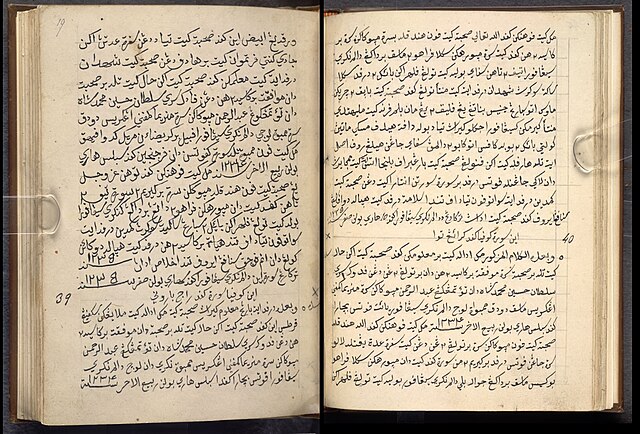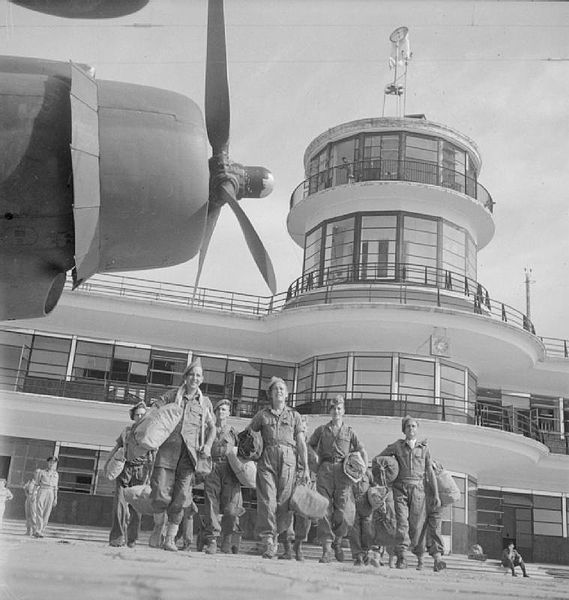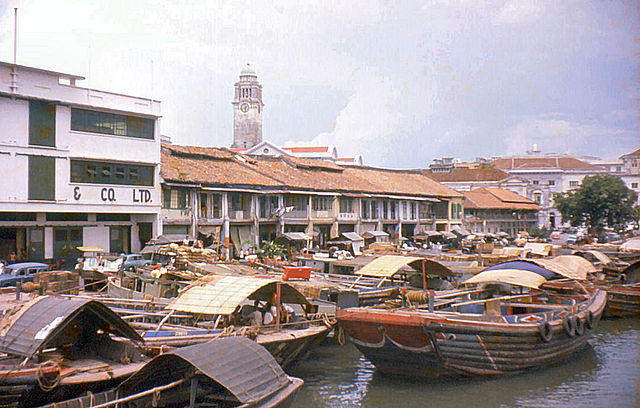Singaporeans are the citizens and nationals of the sovereign island city-state of Singapore. Singapore is home to a people of a variety of ethno-racial origins, with the city-state itself being a multi-racial, multi-cultural, multi-religious, and multi-lingual country. Singaporeans of Chinese, Malay, Indian and Eurasian descent have made up the overwhelming majority of the population since the 19th century. The Singaporean diaspora is also far-reaching worldwide.
Singapore Chinese (East Asian), Malay (Southeast Asian), and Indian (South Asian) women, circa 1890. To promote racial harmony among the three races, a Racial Harmony Day has been observed every year since 1997.
Men of various ethnicities - Chinese, Malay, and Indian gather at a street corner in Singapore, circa 1900.
Shophouses in Singapore
Hainanese chicken rice
Singapore, officially the Republic of Singapore, is an island country and city-state in maritime Southeast Asia. It is located about one degree of latitude north of the equator, off the southern tip of the Malay Peninsula, bordering the Strait of Malacca to the west, the Singapore Strait to the south along with the Riau Islands in Indonesia, the South China Sea to the east, and the Straits of Johor along with the State of Johor in Malaysia to the north. The country's territory comprises one main island, 63 satellite islands and islets, and one outlying islet; the combined area of these has increased by approximately 25% since the country's independence as a result of extensive land reclamation projects. It has the second highest population density of any country in the world, although there are numerous green and recreational spaces as a result of urban planning. With a multicultural population and in recognition of the cultural identities of the major ethnic groups within the nation, Singapore has four official languages: English, Malay, Mandarin, and Tamil. English is the lingua franca, with its exclusive use in numerous public services. Multi-racialism is enshrined in the constitution and continues to shape national policies in education, housing, and politics.

Letter from William Farquhar to Sultan Muhammad Kanzul Alam, the 21st Sultan of Brunei, dated 28 November 1819. In the first line, Farquhar mentions that Sultan Hussein Shah and Temenggong Abdul Rahman allowed the British East India Company to establish a factory in Singapore on 6 February 1819.
Panorama of Singapore at sunrise, 1865, lithograph by Vincent Brooks.
British evacuation in 1945 after the Japanese surrender. Kallang Airport's control tower near the city has been conserved.
Singapore thrived as an entrepôt. In the 1960s, bumboats were used to transport cargoes and supplies between nearshore ships and Singapore River.








